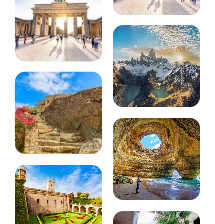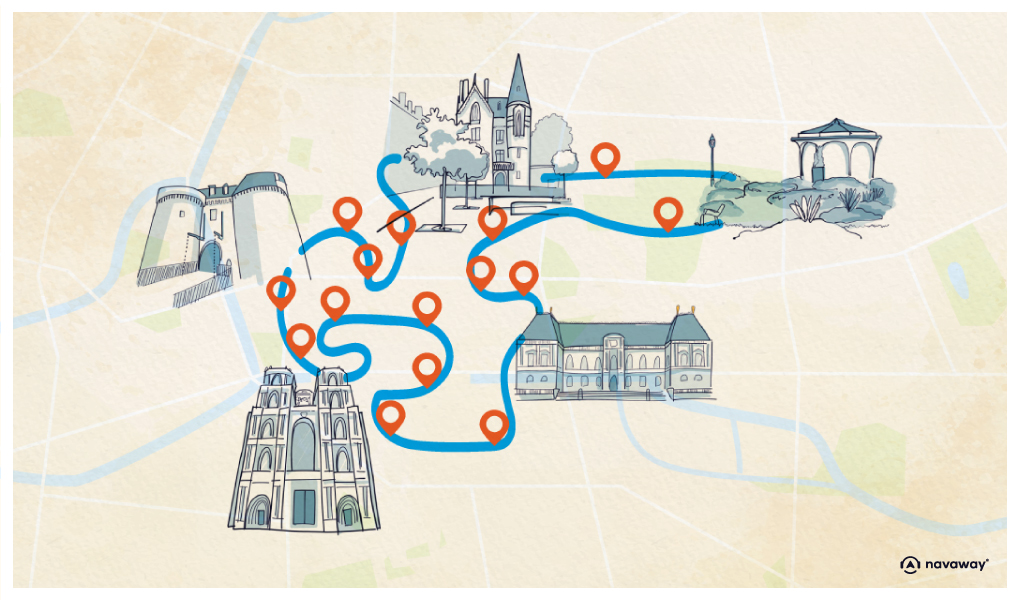
10 must-see places to visit in Brittany

A visit to Brittany means discovering a fascinating region where wild nature, exceptional historical heritage and living traditions come together. With its spectacular windswept coastline, medieval cities steeped in history, unspoilt islands and mysterious megalithic sites, Brittany offers a diversity of landscapes and experiences that appeal to travellers from all over the world. Whether you’re an enthusiastic hiker on the customs trail, a lover of Breton architecture or simply in search of authenticity, this land of legends has some unforgettable moments in store for you. Discover our selection of the 10 must-sees and must-dos when visiting Brittany, and make the most of your stay in this region with its strong character.

See also the Rennes guide:
- Top 10 culinary specialities in Rennes
- Top 6 activities in and around Rennes
- Top 5 best hotels in Rennes
- Discover Brittany’s most beautiful lighthouses
- 22 must-do things to do in Cotes-d’Armor
- 12 unusual romantic weekends in Brittany
- The most beautiful villages in Brittany
- Top 20 of Brittany’s most beautiful beaches for swimming this summer
- 12 places to spend an unusual night in Brittany
- 20 must-do things to do in Finistère
- The 14 most beautiful walks around Saint-Malo
- Top 6 of the best seaside campsites in Brittany
- The 10 best bike rides in Rennes
- The most beautiful villages to visit around Brest
- Top 10 culinary specialities in Vannes
- The most beautiful villages to visit around Rennes
1. Saint-Malo, the corsair town
It’s impossible to visit Brittany without making a stopover in Saint-Malo, the legendary corsair town standing on its rocky promontory facing the English Channel. Completely rebuilt after the bombings of 1944, the inner city has rediscovered its soul of yesteryear, with its impressive ramparts stretching for almost two kilometres. Strolling through the cobbled streets lined with granite houses, admiring the spectacular views from the ramparts or discovering the history of famous privateers such as Surcouf are among the must-do activities in Brittany.
Don’t miss a visit to the National Fort, accessible at low tide and offering an exceptional panoramic view of the bay. The Sillon beach stretches for three kilometres and invites you to take a stroll along the seafront. For a unique experience, head to Grand Bé, the rocky islet where Chateaubriand was laid to rest, facing the ocean he loved so much. Saint-Vincent cathedral, Duchess Anne’s castle and Chateaubriand’s house complete the list of remarkable sites in this town steeped in history.
Download the audio tour to discover Saint-Malo on foot and on your own
If you don’t want to miss a thing of Saint-Malo and discover all its secrets, let yourself be guided by the Navaway tour of Saint-Malo. This audioguided tour of 29 points of interest takes you through the fascinating history of the corsair town, from its majestic ramparts to its shipowners’ houses, via the emblematic sites that have shaped its unique maritime identity.
Practical information: Parking is recommended at the Saint-Vincent car park (Esplanade Saint-Vincent, 35400 Saint-Malo). Allow a full day to visit Saint-Malo and take full advantage of its unique maritime atmosphere.
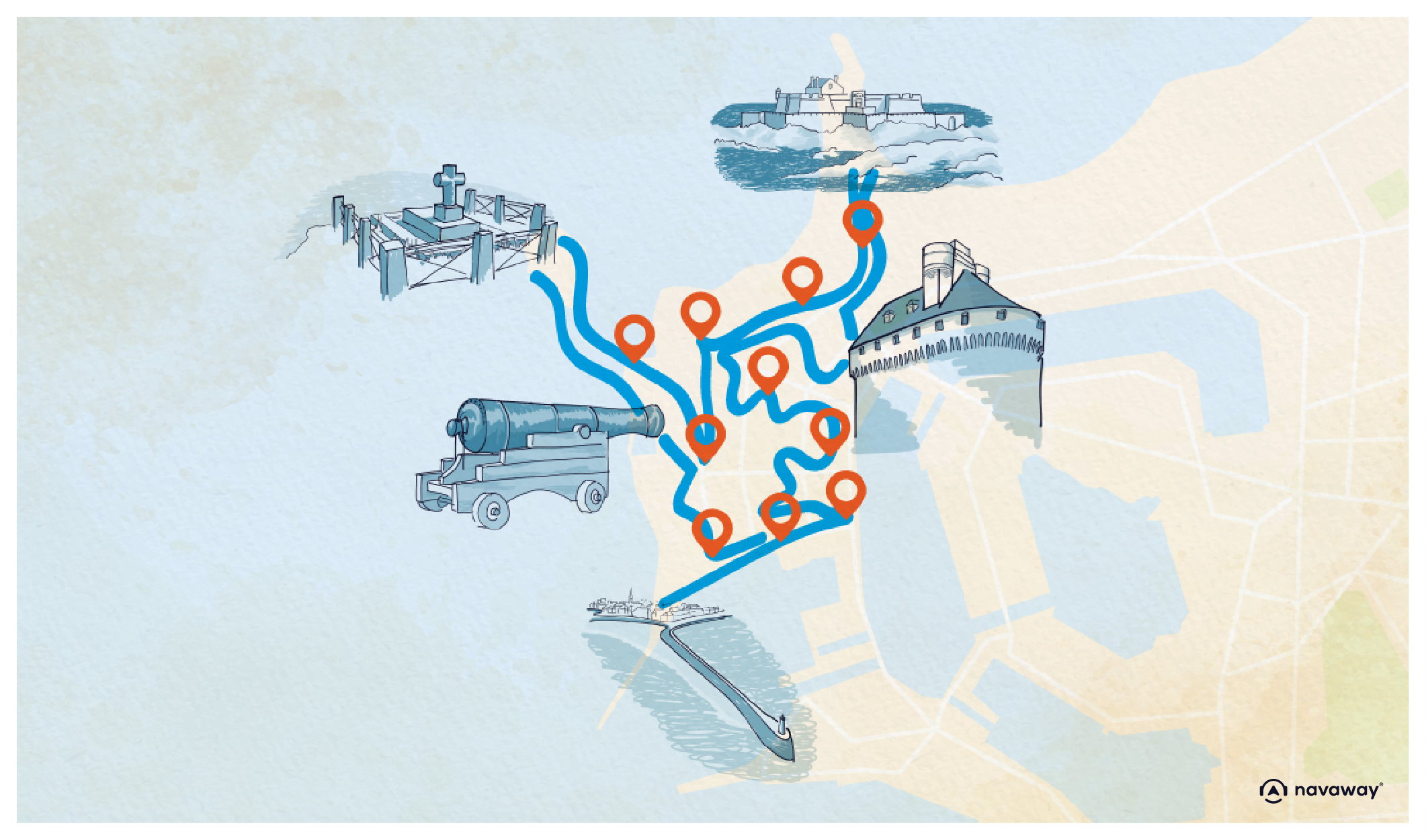
2. The Pink Granite Coast
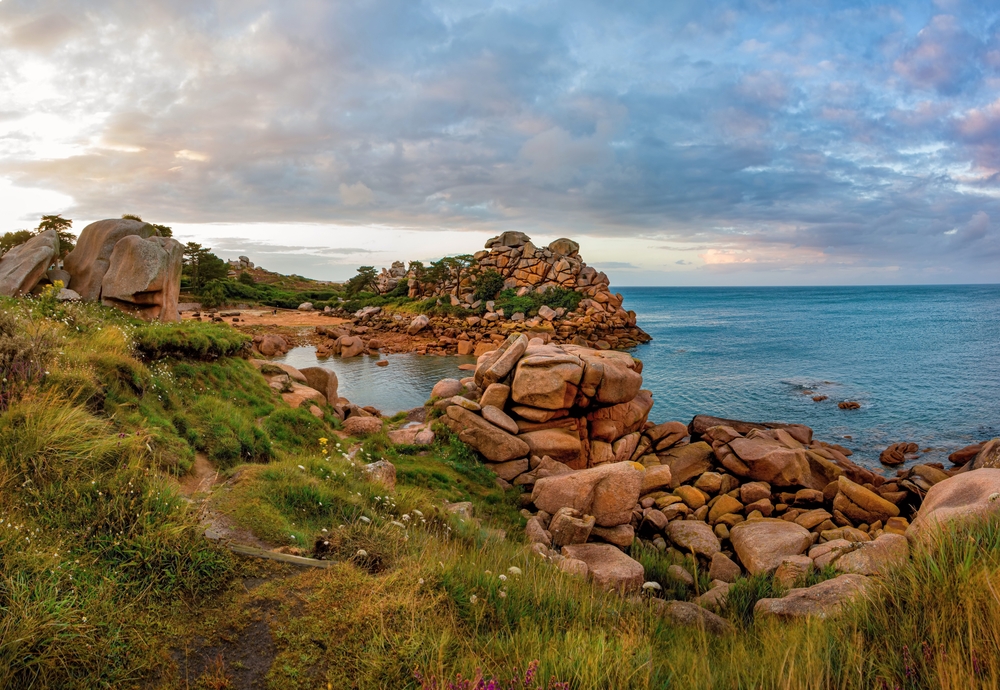
The Pink Granite Coast is one of the most beautiful natural spectacles to be seen in Brittany. Located in the Côtes-d’Armor region, between Perros-Guirec and Trébeurden, this geological wonder, unique in Europe, reveals an absolutely fascinating landscape where the pink granite rocks sculpted by erosion take on extraordinary shapes. The Douaniers trail, which follows the route of the GR 34, allows you to discover these rock formations with their orange hues that change colour according to the light of day.
Ploumanac’h, listed as one of the most beautiful villages in France, offers a concentration of this wild beauty. Take the path that winds between the granite chaos and admire the rocks with evocative names such as Napoleon’s hat, the tortoise or the Perrier bottle. Trestraou beach in Perros-Guirec is the ideal starting point for a walk along this exceptional coastline. Don’t forget your camera to capture these unique landscapes, particularly magical at sunrise or sunset.
Good to know: Bring good walking shoes and check the tide tables. The site is freely accessible all year round, but spring and autumn offer particularly good light for photography.
3. Carnac and its alignments of menhirs
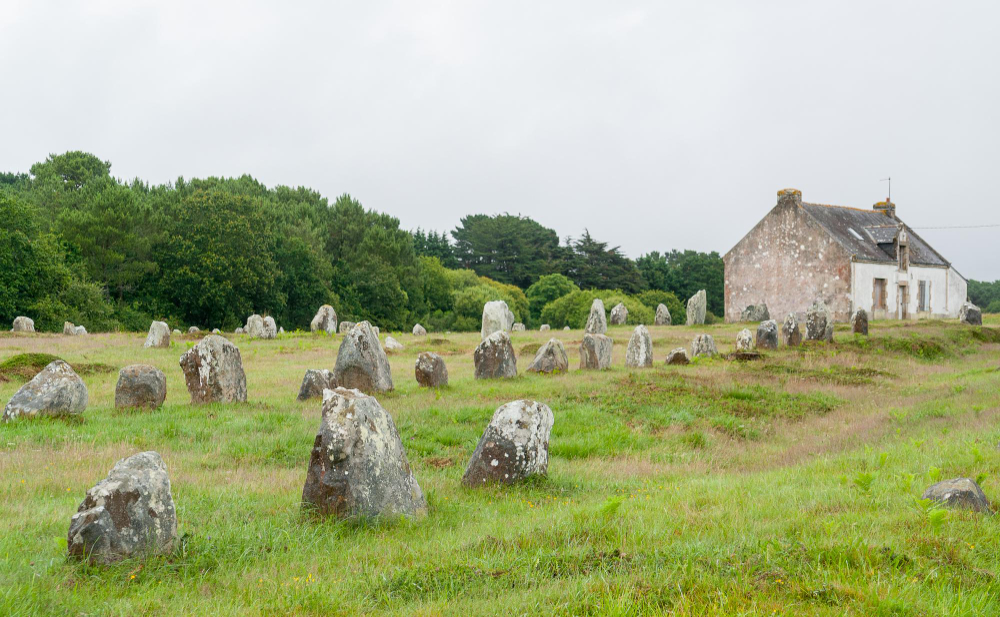
Visiting Brittany also means plunging into a mysterious past over 6,000 years old. The Carnac alignments in Morbihan are the largest megalithic site in the world, with nearly 3,000 menhirs stretching over several kilometres. This exceptional archaeological site fascinates by its sheer size and the many questions it still raises about the Neolithic civilisations that built it.
The site is divided into several groups of alignments: Le Ménec, Kermario and Kerlescan. Well-marked footpaths allow you to discover these standing stones that stretch as far as the eye can see across the Breton moorland. To better understand the history of this extraordinary site, start your visit at the Maison des Mégalithes, which offers detailed exhibitions on construction techniques and theories on the function of these monuments. Guided tours are organised on a regular basis, providing access to the very heart of the alignments.
Practical information: Site open all year round. Guided tour recommended for access to the alignments (price: €6 for adults). Lieu-dit le Ménec, 56340 Carnac. Allow 2 to 3 hours for the complete visit.
4. Rennes, the capital of Brittany
Rennes, the historic capital of Brittany, is well worth a visit during your stay in the region. This dynamic student city has managed to preserve its remarkable architectural heritage while developing a resolutely modern and festive atmosphere. The historic centre boasts an exceptional collection of half-timbered houses dating back to the Middle Ages, miraculously spared from the great fire of 1720 that ravaged much of the city.
Start your visit at Place des Lices, where one of France’s biggest markets is held every Saturday morning. The Parliament of Brittany, an architectural masterpiece from the 17th century, bears witness to the town’s historic importance. Don’t miss the Parc du Thabor, a 10-hectare oasis of greenery featuring formal gardens, rose gardens and aviaries. The Mordelaises Gates, a vestige of the old city walls, and Saint-Pierre Cathedral complete the list of must-see sites in Rennes.
Download the audio tour to discover Rennes on foot and on your own
To explore Rennes in more depth, follow the Navaway tour of Rennes. This fun, interactive route of 25 audio guides will help you discover the hidden treasures of Brittany’s capital, from the half-timbered houses of the historic centre to the enchanting gardens of the Parc du Thabor. Let us guide you on your visit to Rennes for an enriching and memorable experience.
Practical tip: the Lices market on Saturday mornings is a must for discovering local produce. République car park (Place de la République, 35000 Rennes). Allow a day to get the most out of the city.
5. Belle-Île-en-Mer, the jewel of Morbihan

Off the coast of Quiberon, Belle-Île-en-Mer lives up to its name admirably. This Breton island, the largest of them all, offers an absolutely remarkable diversity of landscapes along its 85 kilometres of coastline. The rugged cliffs of the Côte Sauvage, fine sandy beaches, lush green valleys and picturesque little harbours make up a strikingly beautiful natural landscape that has inspired many artists, including Claude Monet.
Must-dos on Belle-Île include a visit to the Vauban citadel at Le Palais, a listed historic monument, the charming port of Sauzon with its colourful houses, the Goulphar lighthouse offering exceptional panoramic views, and the famous Port-Coton needles immortalised by Monet. There’s no better way to discover the island than by bike, which lets you explore the many paths at your own pace and take breaks in the wild coves. Walkers will particularly appreciate the GR 34, which circles the island.
Access: Sea link from Quiberon (45-minute crossing). Booking recommended in high season. Bike hire available on arrival. Allow at least 2 days to fully enjoy the island.
6. Dinan, a medieval city of character
Perched on a promontory overlooking the Rance valley, Dinan is one of Brittany’s most beautiful medieval towns. Its three kilometres of remarkably well-preserved ramparts surround a historic centre that seems frozen in time, with its cobbled streets, half-timbered houses and granite mansions. It would be a real shame to visit Brittany without visiting Dinan, a town so steeped in history and so full of authentic charm.
Start your visit at Place des Cordeliers and stroll down Rue du Jerzual, one of the most beautiful medieval streets in France, which leads down to the port. The medieval castle, the Tour de l’Horloge (Clock Tower) and the church of Saint-Malo are the major monuments to discover. And don’t miss the marina below, accessible via a charming footpath or the rue du Petit Fort. For lovers of arts and crafts, the narrow streets of old Dinan are dotted with numerous galleries and craft shops.
Tip: The market is held on Thursday mornings in Place du Guesclin. Parking du Jerzual (Rue du Jerzual, 22100 Dinan) for easy access to the historic centre. Allow half a day for the visit.
7. Pointe du Raz, between land and ocean

Classified as a Grand Site de France, the Pointe du Raz is the epitome of wild, unspoilt Brittany. This rocky promontory in the far west of Finistère offers a breathtaking natural spectacle where the elements are unleashed. The vertiginous cliffs plunge into the tumultuous waters of the Atlantic Ocean, offering panoramas of raw, wild beauty that leave no one indifferent.
The path provides safe access to the highest point of the Pointe, from where you can see the Vieille lighthouse, the Raz de Sein and, on a clear day, the Ile de Sein in the distance. The Maison de la Pointe du Raz, located in the car park, has an exhibition on the site and its environmental issues. Be prepared for the wind, which is often strong in this exposed location, and dress accordingly. The site can be visited all year round, but spring and autumn offer particularly good light for photography.
Practical info: Pay car park (€6). Site accessible all year round. Pointe du Raz, 29770 Plogoff. Allow at least 1? hours for the walk. Beware of the wind and sea spray!
8. Cap Fréhel and its spectacular cliffs
Cap Fréhel is one of the most impressive natural sites on the Emerald Coast. Its pink sandstone and shale cliffs rise up to 70 metres above the deep blue sea, creating a striking contrast with the heathland vegetation that covers the promontory. This remarkable natural site attracts thousands of visitors every year to admire its breathtaking scenery.
The Cap Fréhel lighthouse, one of the most powerful in France, is open to visitors and offers an exceptional panoramic view of the Breton coast. On a clear day, you can see the Channel Islands and the bay of Mont-Saint-Michel. The sentier des Douaniers (GR 34) leads along the cliffs to Fort La Latte, a spectacular medieval castle perched on a rocky outcrop. This fort, often used as a film set, can be visited and is the perfect complement to exploring Cap Fréhel.
Good to know: Free parking at Cap Fréhel. Accessible all year round. The moorland flowering period (May-June) offers a magnificent display of colour. Allow 2 to 3 hours for the complete visit, including Fort La Latte.
9. The forest of Brocéliande, land of legends
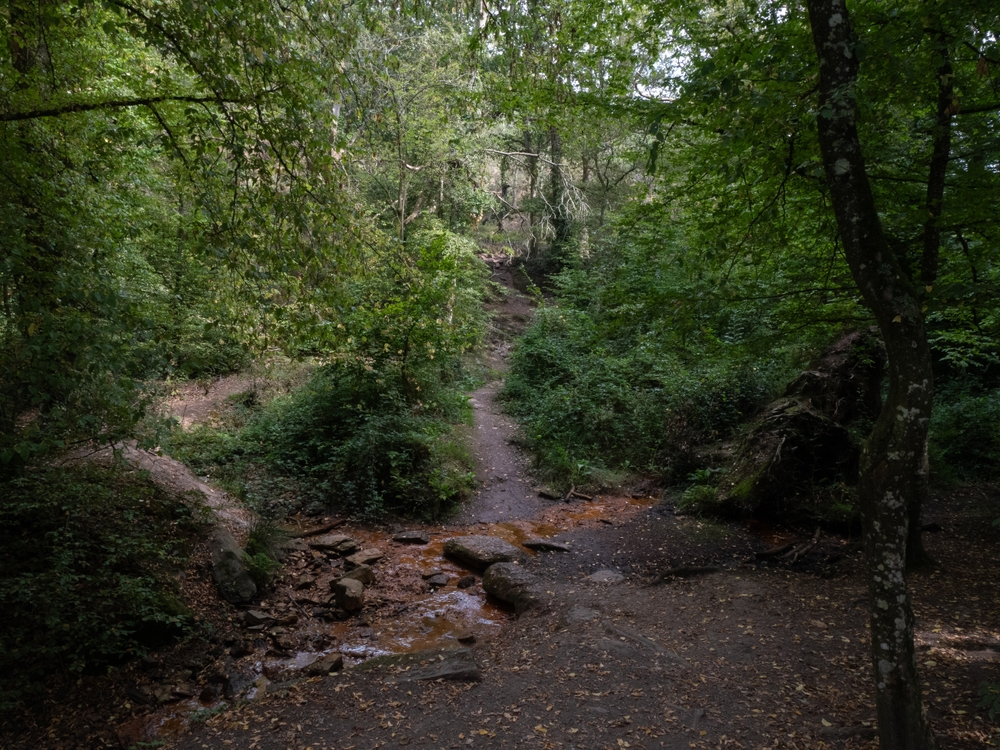
The Brocéliande forest, also known as the Paimpont forest, plunges visitors into the fascinating world of Arthurian legends. This mysterious forest, which covers more than 7,000 hectares in Ille-et-Vilaine, is the setting for numerous tales featuring King Arthur, Merlin the Enchanter, the fairy Viviane and the Knights of the Round Table. To visit Brittany without exploring this legendary forest would be to miss out on an important part of its imagination.
The forest is dotted with a number of mythical sites, including Merlin’s tomb, the Barenton fountain, reputed to make it rain, the Val sans Retour (Valley of No Return), where the fairy Morgane locked up unfaithful knights, and the Golden Tree. The Centre de l’Imaginaire Arthurien (Arthurian Imagination Centre), based at Comper Castle, offers permanent and temporary exhibitions on Arthurian legends. Signposted footpaths allow you to discover these places steeped in mystery on a number of walking routes suitable for all levels.
Tip for visiting: Centre de l’Imaginaire Arthurien, Château de Comper, 56430 Concoret (cost: €7). Several walking routes available (2 to 6 hours). Walking shoes recommended. A full day is required to fully enjoy the site.
10. Vannes and the Gulf of Morbihan
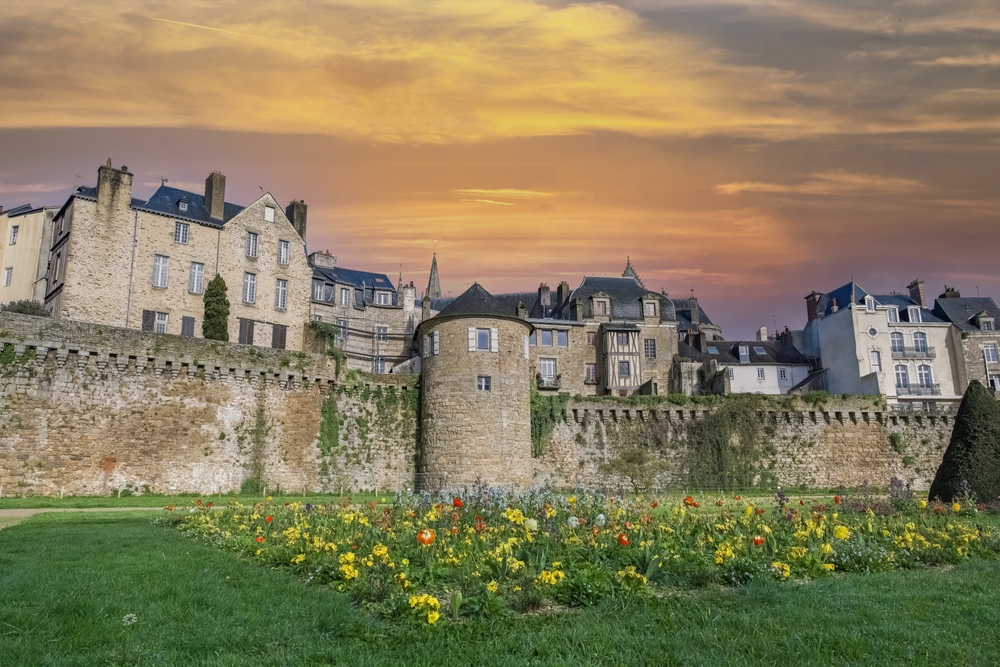
Vannes, a city of art and history, is the ideal gateway to the Gulf of Morbihan, a small inland sea dotted with some forty islands and islets. The town itself is well worth a visit, with its perfectly preserved medieval ramparts, colourful half-timbered houses in the historic centre and formal gardens. The cathedral of Saint-Pierre, the Château Gaillard and the Place des Lices are all must-sees in Vannes.
The Gulf of Morbihan, ranked as one of the most beautiful bays in the world, offers exceptionally beautiful seascapes. Numerous boat trips are available to explore the islands, particularly Ile aux Moines and Ile d’Arz, which are accessible all year round. The GR 34 coastal path runs alongside the gulf, offering magnificent views of this turquoise inland sea. Oyster enthusiasts will love visiting the oyster beds and tasting the famous shellfish.
Useful information: Regular boat services to the islands from the port of Vannes and Port-Blanc. Bikes can be hired on the islands. Allow a full day to visit Vannes and discover the Gulf of Morbihan. Presqu’île Conleau car park recommended for access to the town centre.
In conclusion, visiting Brittany offers a rich and varied travel experience to satisfy every desire for escape. With its historic cities of character such as Saint-Malo, Dinan and Vannes, its exceptional natural sites such as the Pink Granite Coast and Pointe du Raz, its megalithic mysteries at Carnac, and its unspoilt islands such as Belle-Île-en-Mer, Brittany never ceases to fascinate and surprise. The diversity of its landscapes, the richness of its heritage and the authenticity of its traditions make it a unique destination in France. Whether you’re an enthusiastic hiker on the customs trail, a lover of medieval architecture or simply looking for a change of scenery by the ocean, these 10 must-sees will help you discover the very essence of Brittany and understand why this region continues to attract millions of visitors every year. Don’t forget to follow the Navaway itineraries to explore Brittany’s most beautiful towns on your own and make the most of your stay in this land of character and legends.
FAQ : Visiting Brittany
When is the best time to visit Brittany?
The best time to visit Brittany is from May to September, when the climate is milder and there is less rain. June and September offer an excellent compromise, with fewer tourists and pleasant temperatures. Summer (July-August) is ideal for enjoying Brittany’s beaches and festivals, but expect more crowds at tourist sites. Spring and autumn are perfect for hiking and discovering Brittany’s heritage in quieter conditions.
How many days does it take to visit Brittany?
To discover Brittany’s main must-sees, allow at least 7 to 10 days. A weekend of 3-4 days allows you to explore a specific area such as Saint-Malo and the Emerald Coast, or the south with the Gulf of Morbihan and Carnac. A full week offers the chance to combine several regions: the north with the Pink Granite Coast, the centre with Rennes and the Brocéliande forest, and the south with Belle-Île and Vannes. For a truly complete holiday, including the islands and hiking, allow 10 to 15 days.
Getting around Brittany
The car is still the most practical way to visit Brittany and enjoy the freedom to explore the coastal sites and small villages. The TGV rail network provides good services from Paris to the major towns (Rennes, Brest, Quimper, Vannes), but links between Breton towns are less frequent. Cycling is very popular on the islands (Belle-Île, Ile de Bréhat) and along the developed greenways. There are regular ferry services to the islands from several mainland ports.
What culinary specialities can you try in Brittany?
Breton gastronomy is rich and varied. Don’t miss the crêpes and galettes made from buckwheat (or wheat for the sweet ones), kouign-amann from Douarnenez, far breton (a traditional Breton dish), seafood (oysters from Cancale, scallops), blue lobster, cotriade (a fish soup), andouille from Guéméné, Breton cider and chouchen (mead). Each region has its own specialities: galettes-saucisses from Rennes, caramels with salted butter, and the famous palets bretons.
What are the most beautiful villages to visit in Brittany?
Among the most beautiful villages in Brittany, don’t miss Locronan (Finistère), a medieval village with superbly preserved granite houses; Rochefort-en-Terre (Morbihan), voted France’s favourite village; Saint-Suliac (Ille-et-Vilaine), a charming fishing village on the River Rance; Pont-Aven (Finistère), the city of painters; and Moncontour (Côtes-d’Armor), a small town full of character with medieval ramparts. These villages offer an authentic immersion in Breton heritage.
200 audioguided tours for cities all around the world
Download